What You Need to Know About Doing a Breast Self-Exam
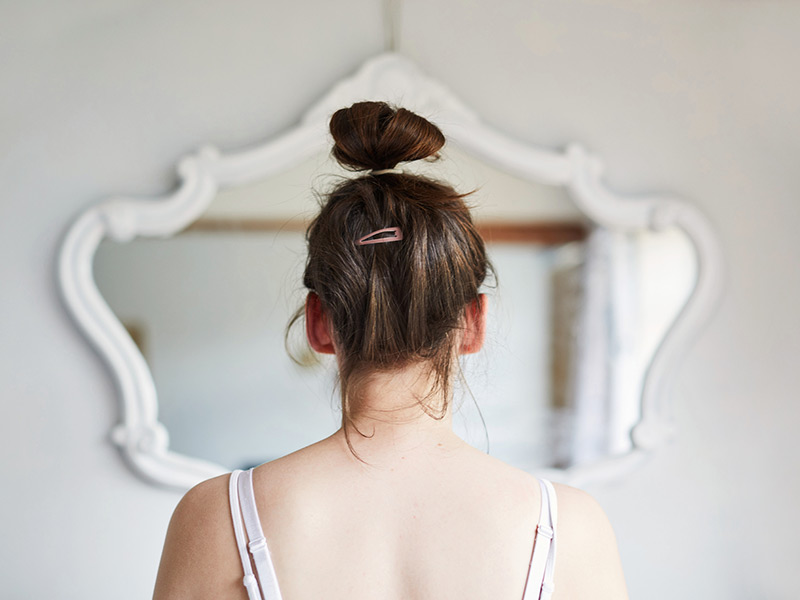
According to the National Breast Cancer Foundation, one in eight women in the United States will develop breast cancer in their lifetime. In 2019, an estimated 268,600 new cases of invasive breast cancer and 62,930 new cases of noninvasive breast cancer will be diagnosed in U.S. women.
Yes, those are some scary statistics, and while there's no surefire way to prevent breast cancer, there are some steps you can do to take control of your health. The first is arming yourself with knowledge about your body and your own risk factors. Certain lifestyle changes can reduce your risk, such as eating right, staying active, and limiting your alcohol intake. There are also some risk factors that you can't change but are good to know about so you can be more cautious and vigilant, including aging, family history, inheriting gene changes (like the BRCA gene), and race and ethnicity.
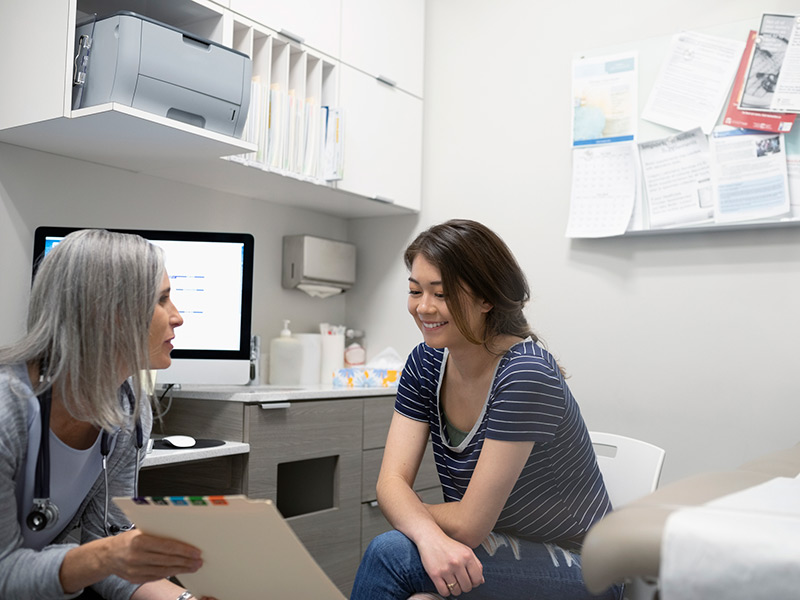
Early detection of the disease is most important. When you understand your own risk and personal health history, that will inform your screening recommendations. A discussion with your healthcare provider can help determine your risk.
Average risk means there's no personal or family history of the disease, no genetic mutation that increases risk, and there hasn't been any chest radiation therapy before the age of 30. Based on American Cancer Society recommendations, average-risk women between the ages of 40 and 44 have the option to start getting mammograms every year, and when they're 45 to 54 years old, they should get one every year. Women 55 and older can switch to getting one every other year.
For women who are high-risk, the ACS recommends that they get a breast MRI and mammogram every year starting at age 30. Again, you'll want to talk with your doctor about screenings and your own risk factor so you can get more personalized care.
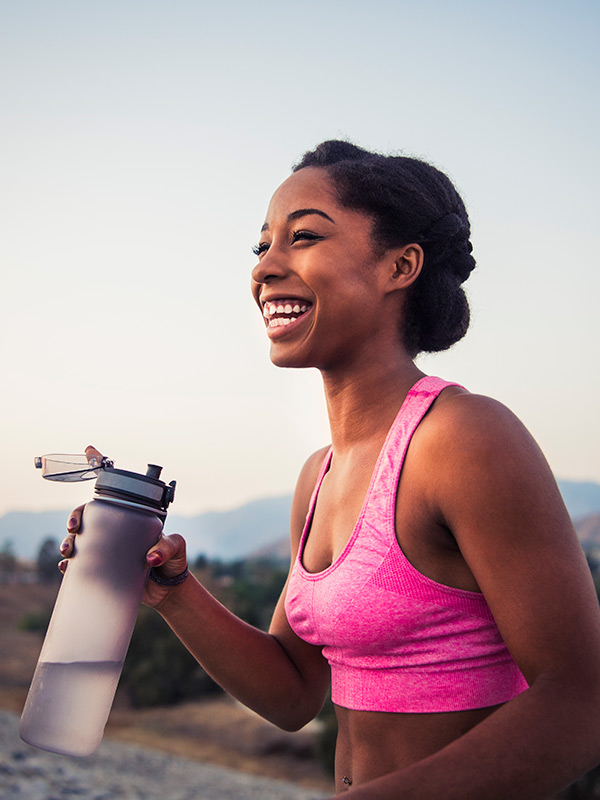
Recommendations for breast self-exams, however, are mixed. Many medical organizations, such as the American Cancer Society, Susan G. Komen Foundation, and U.S. Preventive Services Task Force, don't recommend the practice as a screening tool, as studies have found that it isn't as effective as a mammogram or other tests. Additionally, the ACS states, "Most often when breast cancer is detected because of symptoms (such as a lump), a woman discovers the symptom during usual activities such as bathing or dressing." On the other hand, the National Breast Cancer Foundation and Johns Hopkins Medicine still recommend a monthly self-exam.
But don't be confused by the differing opinions. The main takeaway is that although it's not universally recommended as a screening tool, you should be familiar with how your breasts look and feel so you can tell your doctor about any changes you experience. The ACS also says that although it doesn't recommend regular exams as part of the routine screening schedule, it doesn't mean that they shouldn't be done. Your doctor might still do it, or you might feel more comfortable performing monthly checks to monitor your body. "It's important to understand that there is very little evidence that doing these exams routinely is helpful for women at average risk of breast cancer," the ACS states.
Bottom line? Make sure you're monitoring, feeling, and observing your breasts on the regular so you are aware of any lumps or irregularities.
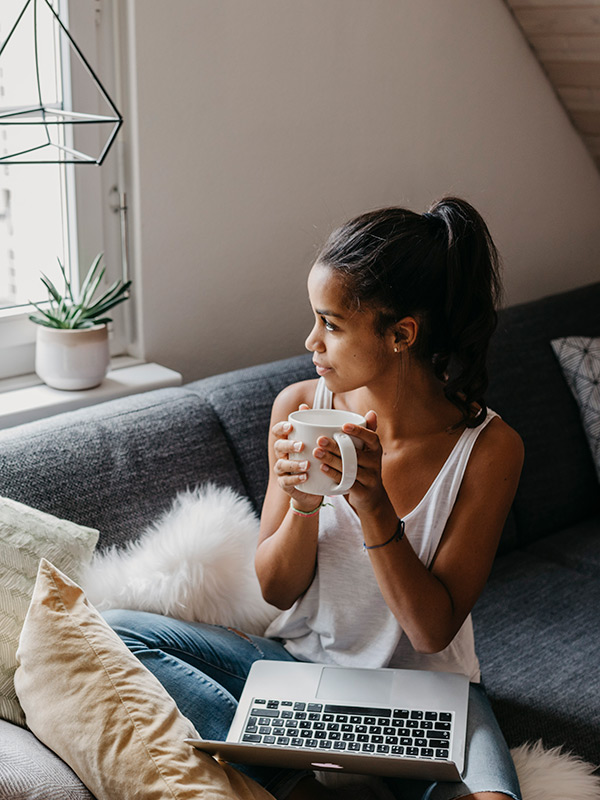
If you do want to give yourself breast exams, Johns Hopkins Medicine recommends you perform them at the same time every month "because of the normal hormonal fluctuations in a woman's body that affect breast tissue." You should do your exam toward the end of your period, as it's when the hormones least affect your breast tissue and when your breasts are least tender. Here are three ways you can perform the exam:
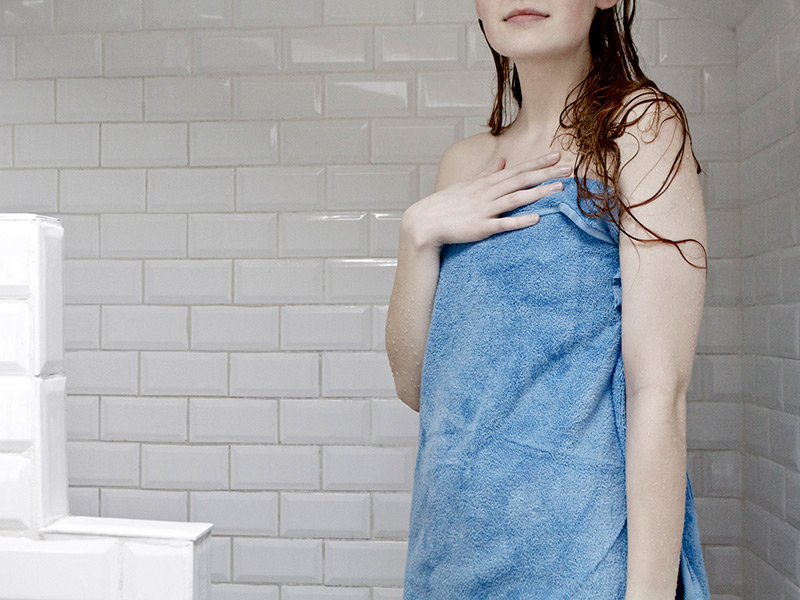
The National Breast Cancer Foundation says, "Using the pads of your fingers, move around your entire breast in a circular pattern, moving from the outside to the center, checking the entire breast and armpit area." You should be checking for lumps, thickening, or a hardened knot. The soap and water from the shower will make it easier for your fingers to glide smoothly over your skin, according to the Mayo Clinic.
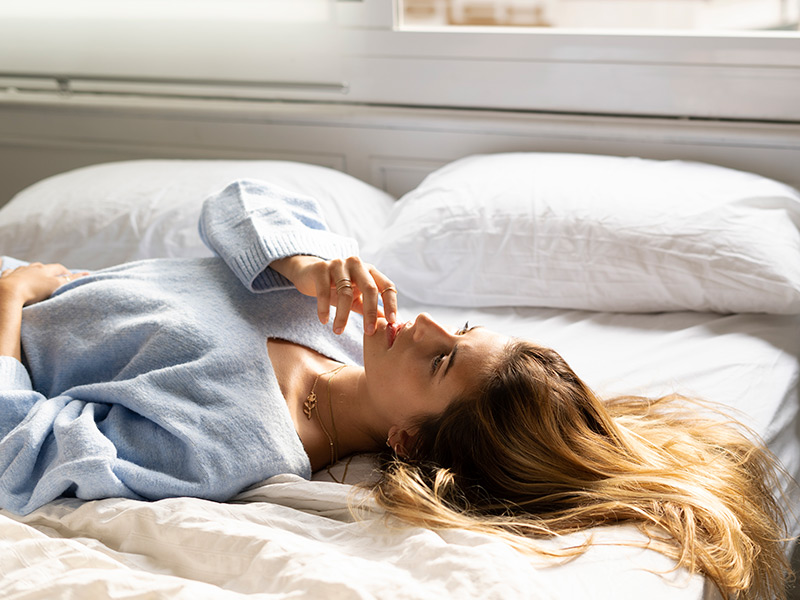
Lying down is helpful because the breast tissue spreads out, and it's easier to feel for any abnormalities. The National Breast Cancer Foundation recommends placing a pillow under your right shoulder and moving your right arm behind your head. Then, take your left hand and move the pads of your fingers in circular motions on your right breast and armpit area. You should vary pressure (light, medium, firm), squeeze your nipples, and check for any discharge. Do the same for your left breast.
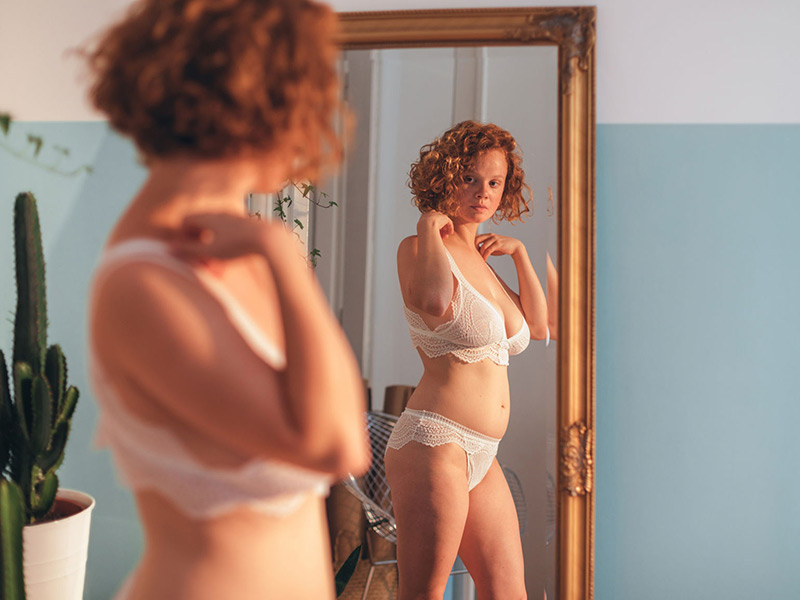
The Mayo Clinic recommends you sit or stand in front of a mirror with your arms at your sides. You'll want to look for any puckering, dimpling, changes in size, shape, or symmetry, or if your nipples are inverted. You can observe two ways: with your hands pressed down on your hips or with your arms raised and your palms pressed together. It's also recommended you lift your breasts to see if the ridges along the bottom are symmetrical.
If you do any of the above and find something feels off, make an appointment with your doctor so they can check it out.
Next up: This Is the Best Diet to Reduce Your Cancer Risk, According to an Oncologist
This article is provided for informational purposes only and is not intended to be used in the place of advice of your physician or other medical professionals. You should always consult with your doctor or healthcare provider first with any health-related questions.
Sarah is lifestyle writer and editor with over 10 years of experience covering health and wellness, interior design, food, beauty, and tech. Born and raised in Los Angeles, she attended New York University and lived in New York for 12 years before returning to L.A. in 2019. In addition to her work atBest Knockoff Luxury Clothing , she held editor roles at Apartment Therapy, Real Simple, House Beautiful, Elle Decor, and The Bump (sister site of The Knot). She has a passion for health and wellness, but she especially loves writing about mental health. Her self-care routine consists of five things: a good workout, “me” time on the regular, an intriguing book/podcast/playlist to unwind after a long day, naps, and decorating her home.